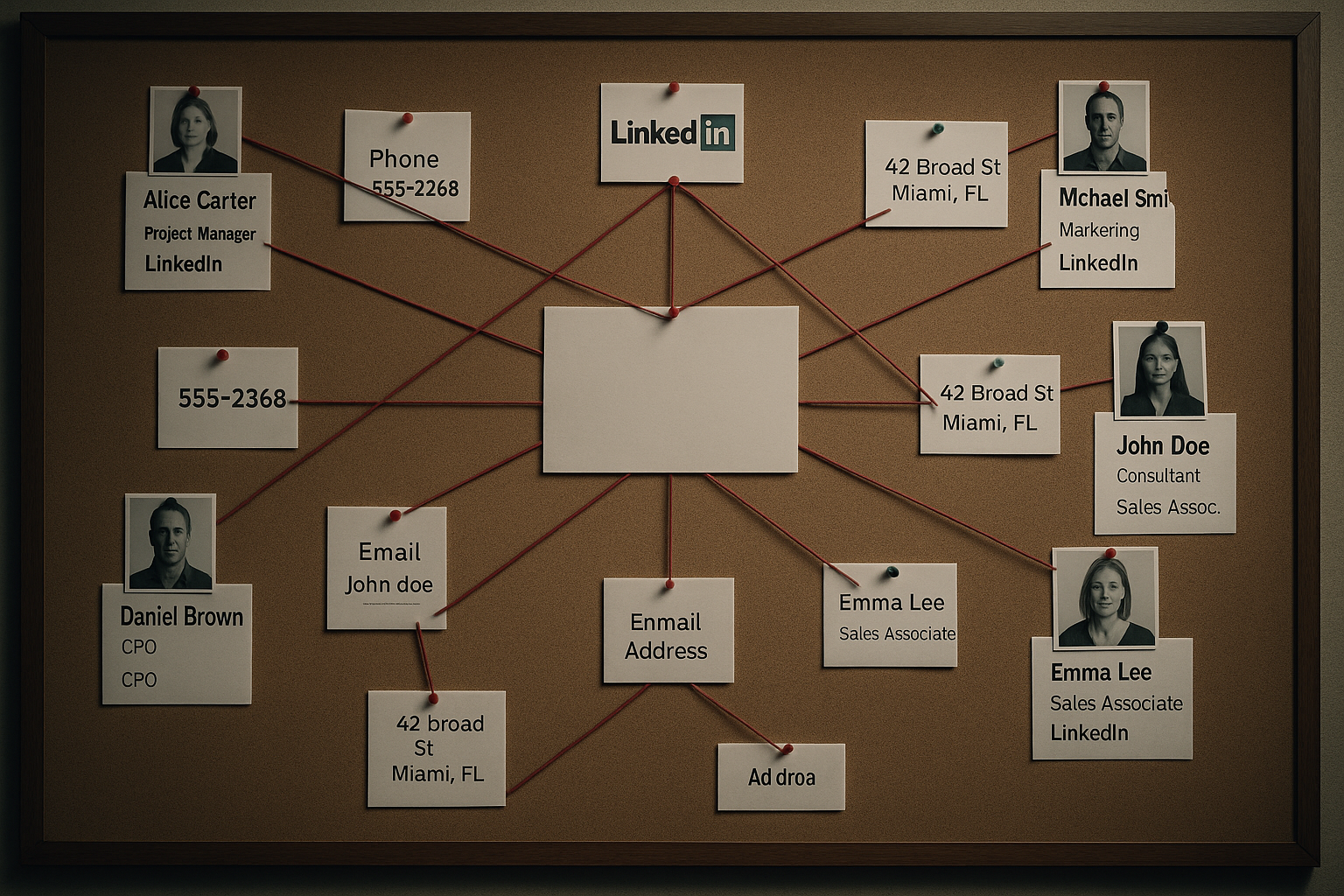
LinkedIn used to be the professional gold standard — a digital handshake where careers started, deals happened, and reputations were built. That’s over. Today, LinkedIn isn’t a professional network. It’s a data-mining operation dressed up as one, and by joining, you’re handing over the very information predators use to track and exploit you.
If you value your privacy, don’t waste your time — or your safety — setting one up.
1. LinkedIn Is a Data Trap Disguised as Networking
When you create a profile, you’re required to give everything manipulators or attackers need to map you out:
- Your full work history (predictable schedules and past employers).
- Your education and certifications (identity verification clues).
- Photos, locations, and “about” sections (social engineering goldmines).
This isn’t harmless. Every piece of data you post is another breadcrumb someone can use to follow, profile, or target you. GhostFrame Intel has seen this happen over and over — LinkedIn is the first place predators check.
2. The Platform’s AI Moderation Is Broken
Even if you do everything right, LinkedIn can shut down your account with no explanation, no transparency, and no recovery. People with 10–15 years of history are being deleted overnight — and you’ll still have handed over your entire professional and personal blueprint.
You’re trusting a platform that treats its users like disposable data points. Would you give your life story to a system that can erase you on a whim?
3. LinkedIn Makes You Predictable
In security, predictability is a weapon. When you post your job titles, career milestones, or even your work patterns, you’re broadcasting your daily routine to anyone watching.
Stalkers. Scammers. Competitors. Even foreign actors.
You’re essentially publishing a roadmap to your life.
4. Real Safety Lives Elsewhere
If you want true professional visibility, you don’t need to give LinkedIn your blueprint. Build platforms you own and control:
- A personal website that reveals what you choose.
- Direct channels like email lists or newsletters.
- Social platforms (like X) where you’re not forced to disclose sensitive identity data just to exist.
LinkedIn’s data-harvesting model forces you to give up your most sensitive intel — and that’s not networking, that’s exposure.
Why You Should Walk Away
GhostFrame Intel’s position is simple:
Security isn’t about having the loudest resume. It’s about controlling your narrative and limiting the breadcrumbs you leave behind.
Every time you update a job, list an employer, or connect with someone publicly on LinkedIn, you give away leverage. And when LinkedIn shuts you down for no reason — which is happening to thousands of users — they don’t just cut your access, they keep your data.
The GhostFrame Takeaway
LinkedIn isn’t where your career lives anymore — it’s where your exposure starts.
Don’t waste your time feeding a broken system with the exact data that puts you at risk. Build something independent. Build something you control.
Because the safest target is the one they can’t find.